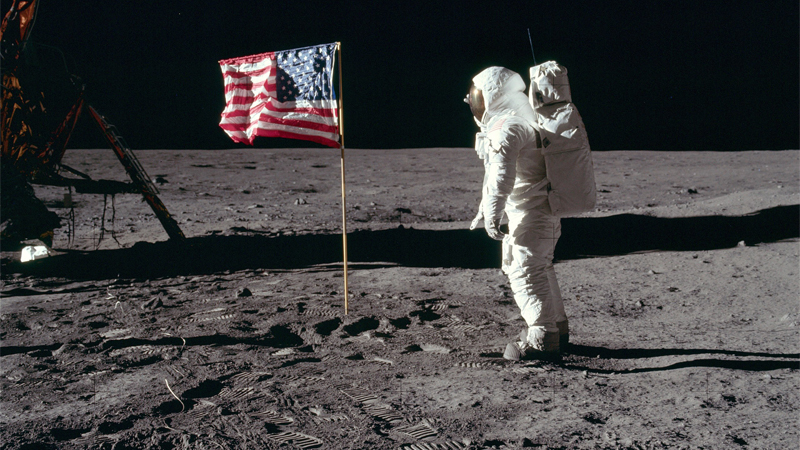|
A new set of Accords aim to protect Infinity and Beyond for future generations

Tom Anstey | Planet Attractions | 08 Dec 2020

 The moon landing site is among the places protected by the new agreement Credit: NASA The moon landing site is among the places protected by the new agreement Credit: NASA
The United States reached an agreement with a number of countries for a very important cause - to protect the heritage of the Moon and the wider reaches of the universe.
Called the Artemis Accords, the agreement brings together NASA with the space agencies of seven other countries, including those of Australia, Canada, Italy, Japan, Luxembourg, the UAE, and the United Kingdom.
The Artemis programme is being led by NASA, with the Accords created to establish a set of principles to guide space exploration as humanity reaches further and further into outer space.
Among the agreements, NASA will send the first woman and next man to the Moon in 2024, some 56 years after Neil Armstrong made one giant leap for mankind in 1969 and 52 years since Eugene Cernan became the last man on the moon in 1972.
The Accords include the preservation of existing heritage in outer space, such as the footprints left from the original moon landing, with the founding nations working together to preserve what they consider “to comprise historically significant human or robotic landing sites, artefacts, spacecraft, and other evidence of activity on celestial bodies”. The eight signatories will also use their experience under the Accords to further develop international practices for preserving outer space heritage.
“With numerous countries and private sector players conducting missions and operations in cislunar space, it’s critical to establish a common set of principles to govern the civil exploration and use of outer space,” said a NASA statement.
“Protecting historic sites and artifacts will be just as important in space as it is here on Earth.
Under Artemis Accords agreements, NASA and partner nations will commit to the protection of sites and artifacts with historic value.”
NASA says that additional countries are set to join the agreement in the coming months and years, as the organisation works with its international partners to “establish a safe, peaceful, and prosperous future in space”.
Objects left behind at the Apollo 11 site, are also registered as heritage sites in the states of New Mexico and California.
Heritage
|
|






Supplier Showcase 2025: The biggest attractions projects landing worldwide this year
|